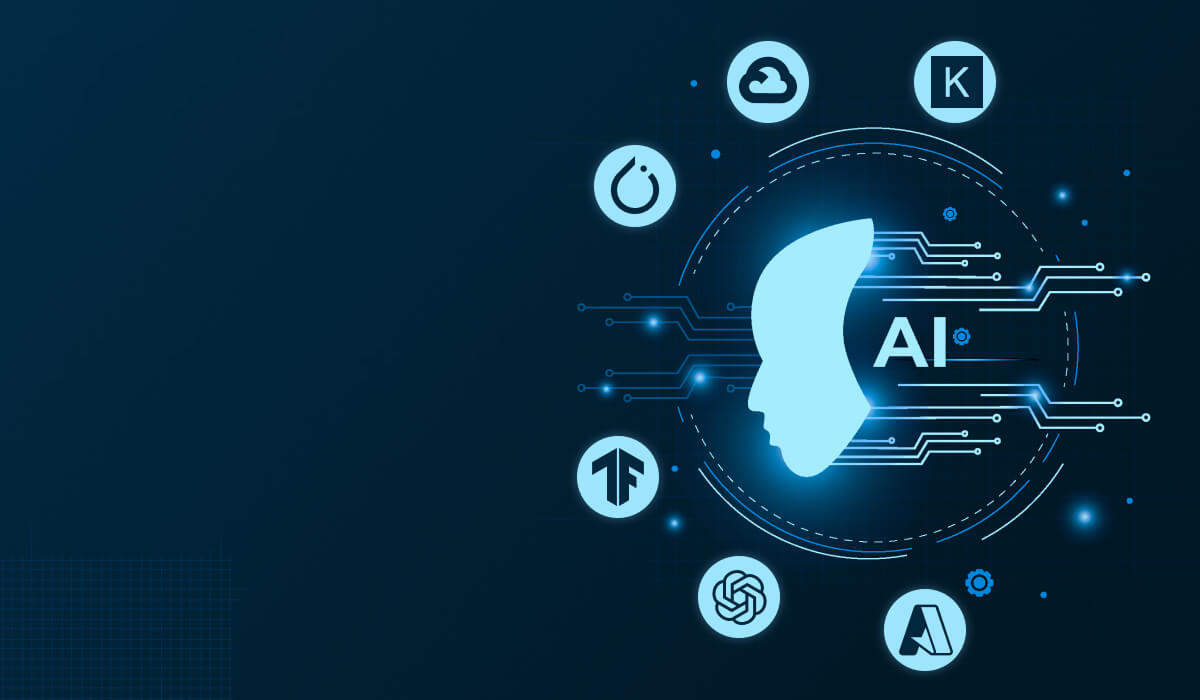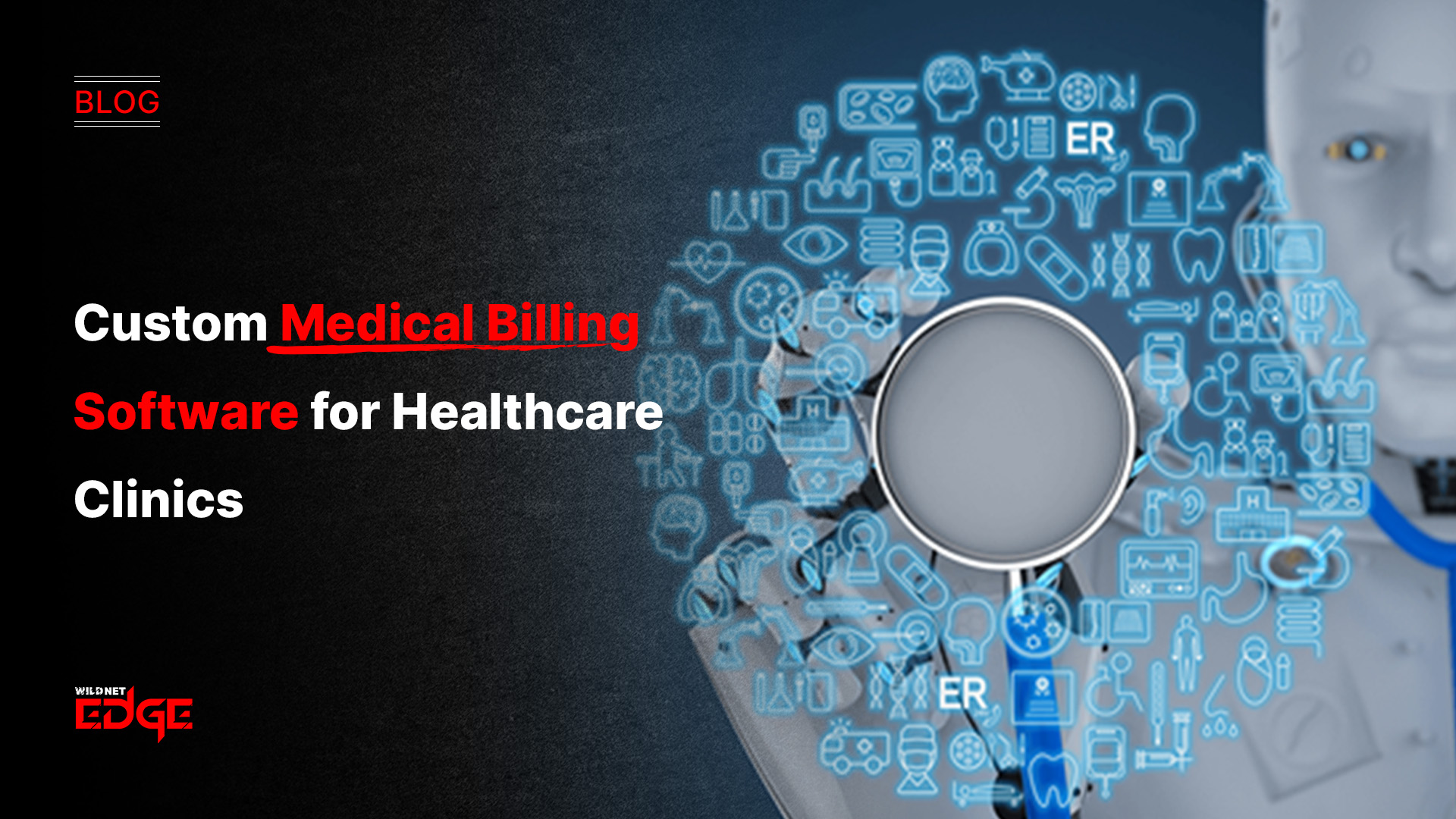Ever feel like your product strategy is lagging behind competitors? You’re not alone. In today’s cutthroat tech market, traditional software development just doesn’t cut it anymore. Tech leaders are turning to AI software development to outpace the competition, streamline the software development life cycle, and build smarter, faster, more adaptive products. In this post, we’ll break down how AI is flipping the script on product strategy—and how you can stay ahead.
Understanding the Software Development Life Cycle (SDLC)
Before diving into how AI reshapes product strategy, let’s lay the groundwork by understanding the software development life cycle—also known as the SDLC.
So, what is the software development life cycle?
It’s a structured process used by software engineers and project managers to design, develop, test, deploy, and maintain software systems. The SDLC ensures that the end product meets user expectations while staying on budget and schedule.
Traditional SDLC stages typically include:
- Planning – defining project scope and requirements
- Design – blueprinting the software architecture and UI/UX
- Development – writing and compiling code
- Testing – finding and fixing bugs
- Deployment – launching the product
- Maintenance – ongoing updates, patches, and support
This model has served well for decades—but it’s increasingly showing cracks in today’s hyper-dynamic tech ecosystem. Manual processes, long iteration cycles, and siloed teams often slow down innovation and time to market.
Why the traditional SDLC is no longer enough:
- Tech products are becoming more complex and data-driven.
- Customers expect real-time personalization and faster updates.
- Agile and DevOps demand continuous integration and delivery.
Enter AI software development—a smarter way to re-engineer the SDLC for modern business demands.
The Role of AI in Software Development
AI isn’t just a buzzword anymore—it’s a powerful driver of change across every SDLC phase. By embedding artificial intelligence into the development pipeline, tech companies can optimize processes, predict risks, and make smarter product decisions.
Here’s how AI is transforming each stage of the software development life cycle:
1. AI in Requirements Gathering and Analysis
Instead of relying solely on human input, AI tools like Glean AI and Uizard analyze customer behavior, support tickets, and market data to auto-generate product requirements. NLP models help interpret user intent at scale, enabling more accurate, user-focused specs.
2. Intelligent Project Planning
AI models such as those in ClickUp AI or Jira Assist analyze past project performance and resource data to forecast timelines, allocate tasks, and flag risks in real-time. This means fewer bottlenecks and better stakeholder alignment from day one.
3. AI-Assisted Coding
Tools like GitHub Copilot X and Amazon CodeWhisperer (2025 editions) use machine learning to autocomplete code, generate boilerplate, and even suggest architecture improvements. Developers save hours, reduce human error, and increase code quality.
4. Automated Testing
Modern QA platforms like Testim and Functionize use AI to auto-generate test cases, detect flaky tests, and identify bugs earlier. This means faster testing cycles and more reliable software at launch.
5. Predictive Maintenance and Monitoring
AI-driven monitoring platforms such as Datadog AI and Dynatrace Davis AI detect anomalies, predict outages, and suggest fixes before users even notice an issue. This reduces downtime, support costs, and customer churn.
With AI now deeply embedded into every phase of the SDLC, tech companies aren’t just building software—they’re building smarter, continuously improving systems that respond to real-time market dynamics.
How AI Software Development Shapes Product Strategy
So how does all of this affect your product strategy?
It’s simple: AI software development enables tech companies to move faster, think smarter, and deliver more value.
Here’s how:
1. Faster Time to Market
AI accelerates SDLC processes—coding, testing, planning, and monitoring—which allows teams to launch features in days instead of months. This agility enables businesses to capture market opportunities before competitors can react.
2. Data-Driven Decision Making
AI turns massive datasets into actionable insights. Predictive analytics tools help product managers forecast user behavior, identify emerging trends, and prioritize high-impact features with confidence.
Example: A SaaS company using Mixpanel + AI overlays can analyze product usage in real time to decide which feature to sunset or double down on.
3. Personalized User Experiences
With AI models embedded into products, personalization becomes native. Netflix, Spotify, and even B2B apps are using AI to dynamically adjust content, pricing, or user flows based on behavior.
Your product strategy should now bake personalization into the core roadmap, not bolt it on later.
4. Reduced Technical Debt
AI can identify inefficient code, suggest architecture refactors, and even flag tech debt before it accumulates. This proactive approach helps maintain scalability and reduces costly rewrites.
5. Innovation at Scale
By freeing teams from repetitive tasks, AI lets human talent focus on innovation. Developers can prototype faster. Product teams can test hypotheses at scale. Designers can iterate UI/UX in near real-time.
In 2025, the companies winning the market aren’t just building faster—they’re building smarter.
Real-World Use Cases and Trends in AI-Driven Development
Let’s look at how real tech companies are already leveraging AI software development to reshape their product strategies.
Case Study 1: Shopify
Shopify’s 2025 rollout of Sidekick AI—an intelligent product assistant—has dramatically improved merchant experience. The tool uses AI to help store owners analyze traffic, recommend features, and automate storefront tweaks. This wasn’t just a product upgrade—it was a strategic shift powered by AI development from the inside out.
Case Study 2: Notion AI
Notion embedded generative AI directly into their workspace app. Their dev team used AI-assisted coding and rapid A/B testing (via AI feedback loops) to iterate the product at lightning speed—helping them dominate the productivity market.
Top 2025 Tools Shaping AI Software Development:
- GitHub Copilot X – AI code generation + documentation support
- Testim AI – Autonomous QA and test generation
- Uizard AI – Design-to-code prototyping with ML-backed UX suggestions
- Athenian – Dev productivity analytics using AI for real-time team performance
Key Trends to Watch:
- AI product managers emerging as a hybrid role
- Prompt engineering as a strategic differentiator
- AI-assisted UX tools redesigning how interfaces adapt in real time
- Increased focus on AI ethics and governance to ensure responsible development
The tech companies that dominate in 2025 are those already reshaping their development culture around AI today.
Conclusion
AI software development isn’t just about efficiency—it’s about reshaping how we build, ship, and scale digital products. From streamlining the software development life cycle to enabling hyper-personalized user experiences, AI is fundamentally changing how tech companies think about product strategy.
If your team is still relying on legacy development processes, you’re not just slower—you’re losing ground to smarter competition.
That’s where WildnetEdge comes in. As a trusted partner in AI-powered software development, WildnetEdge helps tech companies modernize their SDLC, implement the right AI tools, and build scalable, data-driven product strategies that deliver real ROI.
Looking to future-proof your product strategy? WildnetEdge is ready to lead the way.
FAQs
Q1: What is AI software development?
AI software development integrates artificial intelligence into the development process to automate coding, testing, and decision-making. It streamlines workflows, improves accuracy, and accelerates time to market.
Q2: How does AI impact the software development life cycle?
AI enhances each stage of the SDLC—from planning to maintenance—by automating tasks, analyzing data, and predicting issues before they occur, resulting in faster and smarter development.
Q3: What is the difference between traditional SDLC and AI-driven SDLC?
Traditional SDLC relies on manual execution and fixed processes. AI-driven SDLC uses intelligent tools that adapt in real time, automate repetitive tasks, and provide predictive insights.
Q4: Can AI help reduce software development costs?
Yes. AI reduces development time, minimizes errors, improves code quality, and automates testing—leading to significant cost savings over traditional methods.
Q5: Which industries benefit most from AI software development?
Tech, fintech, healthcare, eCommerce, and logistics are leading adopters. These industries benefit from AI’s ability to manage complexity, personalize user experiences, and scale rapidly.

Nitin Agarwal is a veteran in custom software development. He is fascinated by how software can turn ideas into real-world solutions. With extensive experience designing scalable and efficient systems, he focuses on creating software that delivers tangible results. Nitin enjoys exploring emerging technologies, taking on challenging projects, and mentoring teams to bring ideas to life. He believes that good software is not just about code; it’s about understanding problems and creating value for users. For him, great software combines thoughtful design, clever engineering, and a clear understanding of the problems it’s meant to solve.
 sales@wildnetedge.com
sales@wildnetedge.com +1 (212) 901 8616
+1 (212) 901 8616 +1 (437) 225-7733
+1 (437) 225-7733































